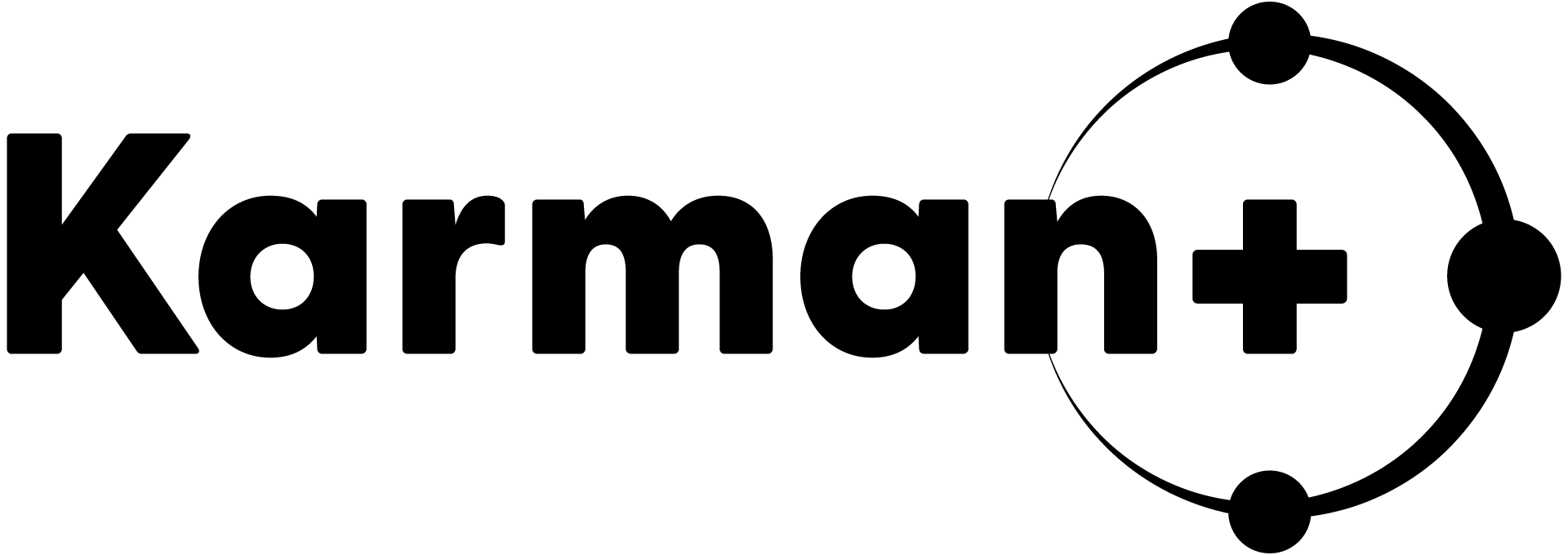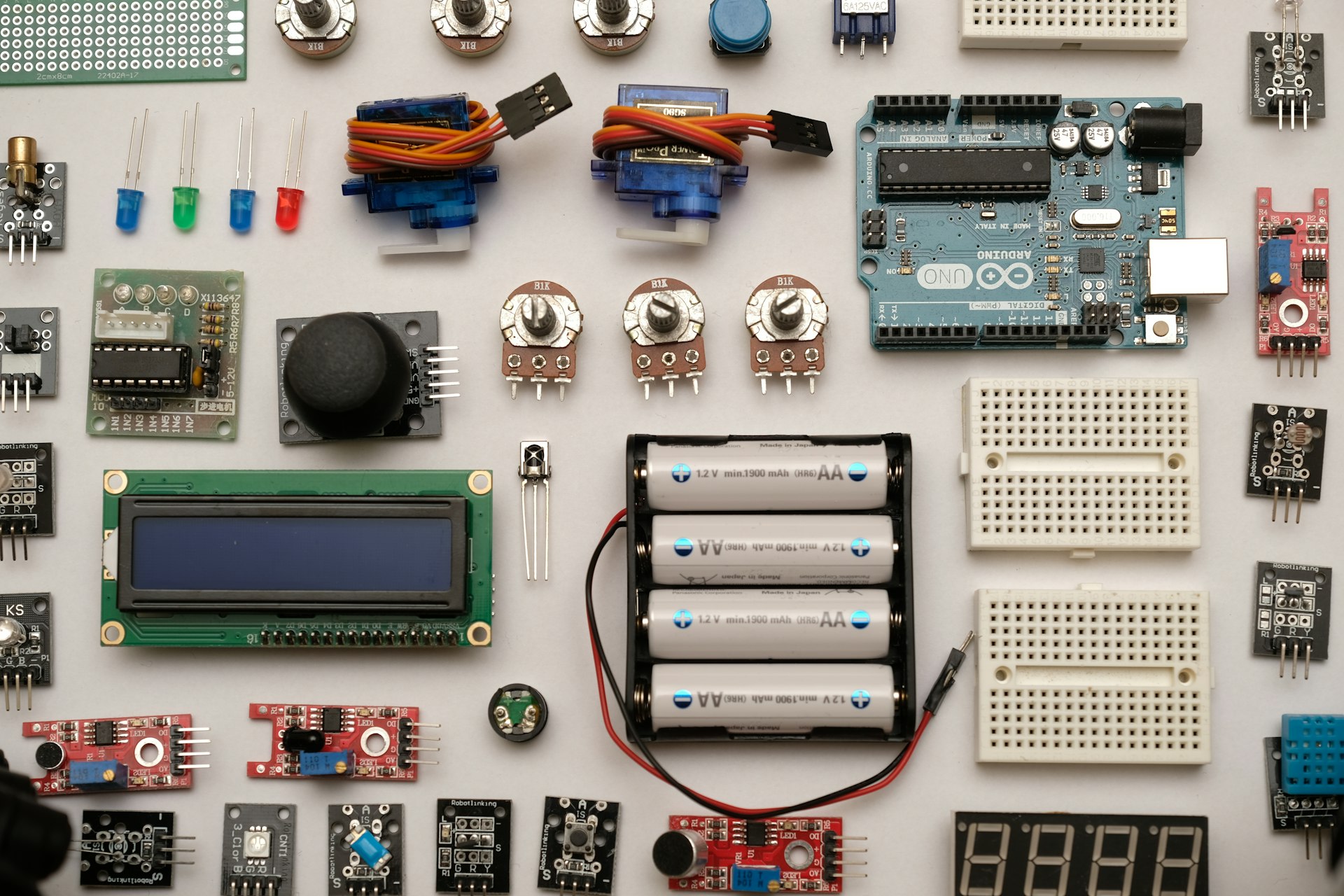In 2026, Karman+ will be flying ‘High Frontier’, our first mission to a near-Earth asteroid. We are focused on carbonaceous asteroids, both for their water content as well as for their physical composition. Our primary mission goal is to explore and test our excavation equipment and validate the feasibility of asteroid mining at scale.
This means that we will rendezvous with our target asteroid, identify a landing site and descend to the surface to excavate kilograms-scale regolith samples. Our excavation mechanism has been developed to integrate sensor payloads that can perform tests on the regolith in situ.
Our exact target is not yet determined, but we are optimizing for a presumed rubble pile with a diameter measured in hundreds of meters. Depending on available launch windows it may be that our chosen target has no spectra available, which means we may have no foreknowledge of the target’s composition. We are considering reference targets such as the asteroids (341843) 2008 EV5, which is well characterized with spectra, radar observations, and albedo measurements available pointing to it being a carbonaceous asteroid with an estimated diameter of 400 meters, and 2011 AA37, of which almost nothing is known, but the absolute magnitude of 22.8 points to it being a 100-meter class asteroid.


We are considering the inclusion of 2 payload slots for instruments for on-board regolith analysis from the broader space community.
To review proposals for these instruments, we ask for a free-form, 3 page abstract that describes your team, your concept and the idea you would like to test as well as how you want to test it. We want to understand the scientific background of your proposal and its expected goals/scientific returns, including both the data obtained and potential publications it will lead to. We are particularly interested in payloads that contribute towards one or more of the following goals:
- Overall sample composition, with water content being of particular interest
- The grain density of the sample
- Extraction of water and/or other materials from the sample
- Other ISRU-related experimentation
However, potential payloads unrelated to the above will also be considered.
Timeline:
RFP Announcement 27 November 2023
Q&A deadline 22 December 2023
Abstract submission deadline 31 January 2024
Shortlist selection for presentations 7 February 2024
Presentations & awards 28 February 2024
Prototype ready for testing January 2025
Flight version ready for integration & tests October 2025
Preliminary technical specs:
The hosted payloads will be attached to the entry ports of our excavation payload, which are behind a grinding mechanism that guarantees a maximum particle size of approximately 5 mm. This setup will deliver the regolith to be studied directly into your payload. As the excavation payload remains under development, the precise specifications are not fully determined and are subject to change.
Limited power and communications are available using standard bus connections, as are thermal controls. The testing can take place either while the spacecraft is in motion returning to station keeping post-descent or while the spacecraft is in its stationkeeping position. The experiment itself will be managed by our team and the data delivered to your group when it becomes available.
Your instrument should adhere to the following preliminary constraints:
- Uses < 50 watts of power in continuous operation
- Fits within a 200 mm x 200 mm x 200 mm cube
- Power delivery through an unregulated 28V line
- IO uses less than 15 pins
- A maximum mass of 5 kg
- Can survive 14.1 GRms for random vibration
- -30C to 60C temperature range
We however note that the above specifications are preliminary and subject to change. Payloads that do not quite meet these specifications are also encouraged to apply as it may be possible to loosen the constraints for particularly interesting projects.
Karman+ high fidelity regolith simulant will be made available to shortlisted teams for testing purposes.
Budget:
Karman+ charges a flat fee of $100,000,- to integrate, test and fly a payload on ‘High Frontier’. This fee only applies for commercial entities and will be covered in full by Karman+ for selected submissions from students or academic institutions. Participants are responsible for all other expenses and costs, but we do not expect funding to be secured by the proposal deadline. All relevant payload licensing will be covered by Karman+.
Selection criteria:
The proposals will be judged by our team of internal and external experts using several criteria:
- The proposal’s relevance to regolith characterization/utilization
- Technical elegance (smart, small, cheap)
- Practical feasibility
- Expected scientific benefit
- Applicability to future missions
In addition, given the possibility of having no foreknowledge of the target’s composition before launch, proposals which are able to deliver interesting results for a wide range of different compositions are appreciated despite us focusing on carbonaceous asteroids.
Once you've signed up we'll be in touch over email, any FAQ questions & answers will also be posted here.
Submissions
Q&A (updated 27 December 2023)
As a more general note, we do not have our architecture completed yet, which means that some of the responses here are negotiable. However, it should be noted that we will be scoring the proposals based on their impact and risk to the rest of the spacecraft as we do not wish for the payloads to endanger our main mission objectives in any way. Payloads that pose a low risk and require less engineering effort to integrate will be favorable.
Q: Are free-flying/tethered/partially detachable payloads allowed?
A: No, this would introduce significant complexity and risk to our mission.
Q: Are deployable mechanisms allowed?
A: Yes, but ensure that in the deployed state it fits into the allowable volume and that the deployment sequence is detailed in the proposal so that we can ensure there’s no risk of the deployable hitting other payloads, and that all HDRMs are low-shock.
Q: Will the payload location also have a direct view of the target asteroid?
A: Possibly yes, but currently not entirely certain. If it is required for your payload, please state this need in the proposal.
Q: How much proximity will the payload have to the surface of the target asteroid?
A: Approximately one to three meters.
Q: How much time will the platform spend at this proximity?
A: 10 to 20 seconds per touch and go (TAG) attempt.
Q: What is the approximate pointing stability of the platform?
A: One degree
Q: How much radiation shielding will be available for the payload? Is it recommended that the payload have rad-hard electronics?
A: We will not provide shielding for the payload, i.e. you must provide your own depending your payload’s needs. A spacecraft with 2+ years of life in GEO should be the baseline.
Q: Are there any constraints on generated heat, vibrations or light emitted by the payload?
A: Yes, but these are not yet defined. Please provide an estimate of your needs in your proposal.
Q: Are there any constraints on generated heat, vibrations or light emitted by the payload?
A: EMI/EMC standards should follow: MSFC-SPEC-521
Q: How much data bandwidth is available?
A: Currently not yet defined, but less will be better. Please provide an estimate of your needs in your proposal.
Q: What is the peak power consumption constraint?
A: We have defined 50 watts as an initial assumption, but are still refining our power budget. If more is required, please detail your needs in your proposal.
Q: How much data storage can be provided by the platform?
A: The payload should preferably provide its own storage.
Q: How much operational time will be dedicated to the payload? Can the payload operate continuously?
A: The payload can operate continuously within its power constraints, but cannot impose attitude constraints on the descent and TAG. Communications will also not be continuously available.
Q: Are payload operations necessarily coupled with the operations of the platform's excavator?
A: No, but they must not interfere with descent operations, and cannot extend the contact time.
Q: Do payload operations have to be completely autonomous?
A: Ground command will not be available for approximately 3 hours before and after TAG, so for this point autonomous operations are necessary. Some degree of ground control will be available after this point.
Q: How much throughput of regolith material can the platform's excavator provide to the payload?
A: Not yet defined, as the excavator remains in development. Ideally, in your proposal, state the amount of material that you require.
Q: What is the targeted minimum amount of regolith to be delivered by the excavator?
A: See the above answer.
Q: What are the volume and vacuum leak rate of the compartment behind the grinding mechanism?
A: Currently unknown - see the above answers.
Q: Is it allowed to discard regolith and/or vent gaseous material(s) from the payload?
A: No, if material is supplied to the payload it must remain there to prevent damage to other systems.
Q: Is it allowed to have small pyrotechnic actuators on the payload?
A: No, nothing allowed that could pose a risk to the primary spacecraft or mission.
Q: Is it allowed to have radioactive sources (neutron/gamma/X-ray radiation) or radioisotope heating units (RHUs) on the payload?
A: No. Same with above - no unnecessary added risk.

